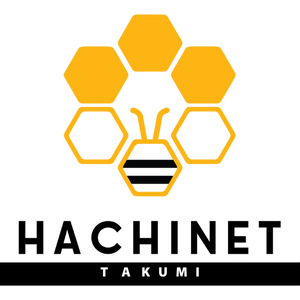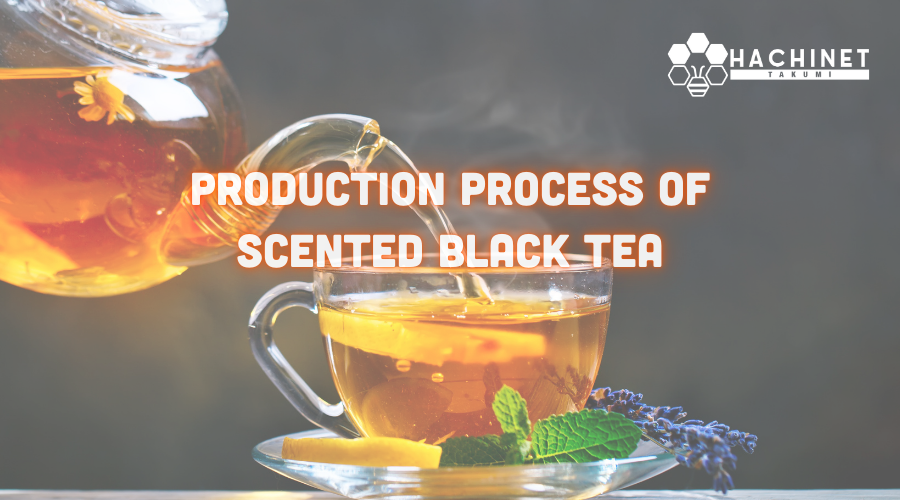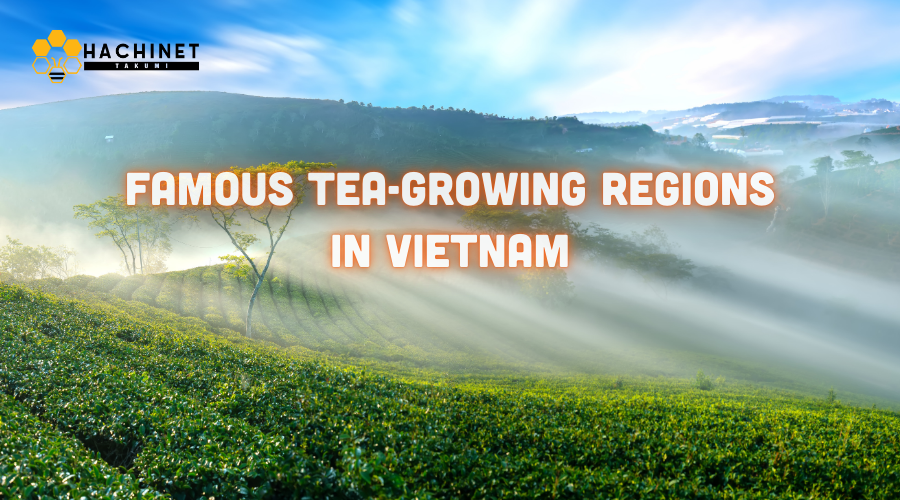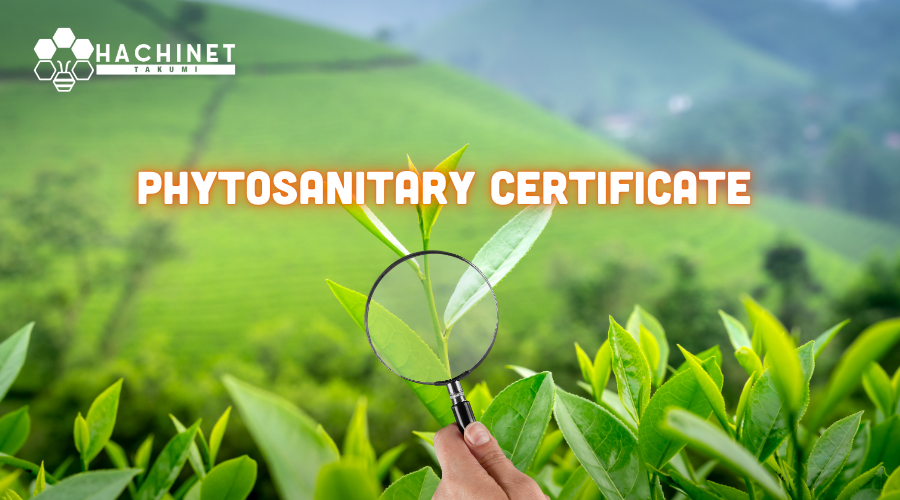EU standards in tea export
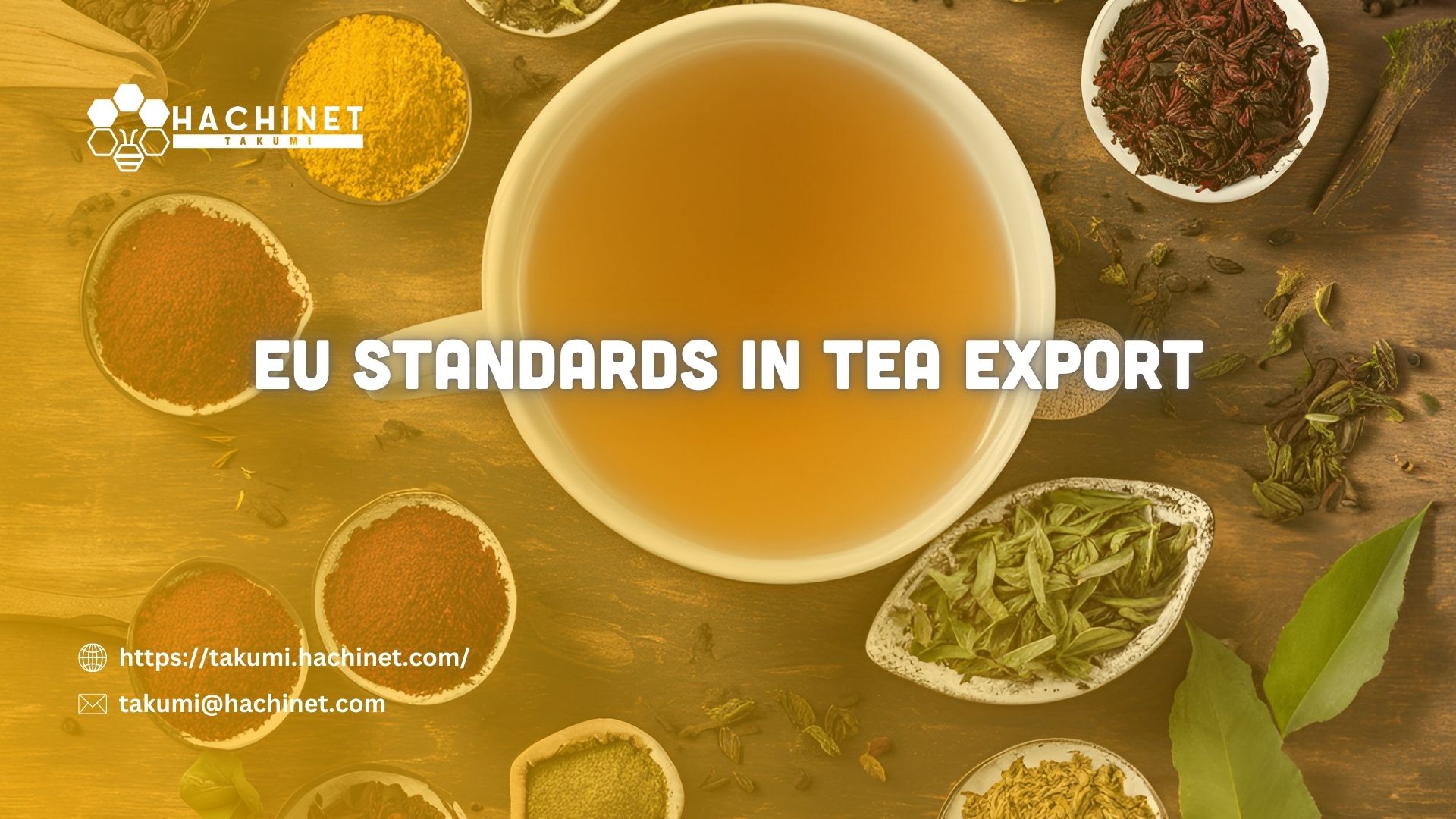
Exporting tea to the EU opens up great opportunities for businesses, but also requires strict compliance with quality and food safety standards. Businesses need to pay attention to key points to meet EU requirements.
General requirements for tea quality
Tea quality is the top factor that the EU cares about. Exported tea must meet specific sensory and quality standards. Regarding the senses, tea must have young buds, young leaves, not crushed, natural color, aroma, and characteristic taste. Tea buds must maintain freshness, tea leaves must not show signs of being crushed or withered. The color of the tea needs to be natural, no artificial colors should be used. The aroma of the tea must be characteristic, without strange odors, and the taste of the tea must be clear, suitable for each specific type of tea.
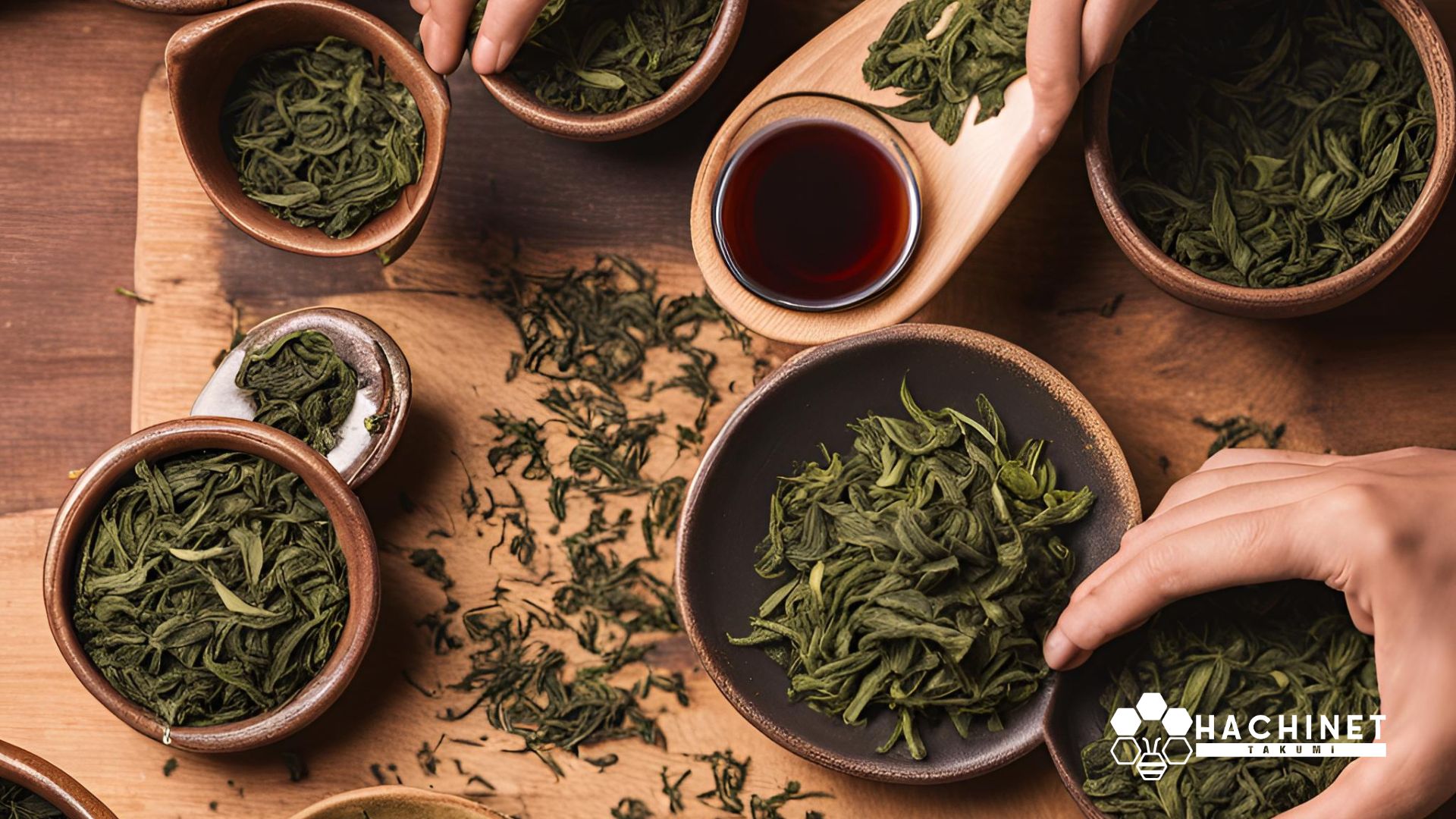
In addition, tea needs to meet the requirements for moisture, ash content, caffeine, and tannin according to regulations. The humidity of tea must not exceed the prescribed level to avoid mold during storage. The content of ash, caffeine, and tannin must also be within the allowable threshold to ensure safe and quality tea for consumers.
Food safety requirements
Food safety is one of the important EU standards. Enterprises must strictly comply with the EU's regulations on pesticide residue limits (MRL) to ensure that tea does not contain pesticide residues exceeding the allowable level. The EU has very detailed regulations on the maximum residue level of each type of pesticide on tea products. Businesses must strictly inspect and control the process of using pesticides from planting to harvesting.
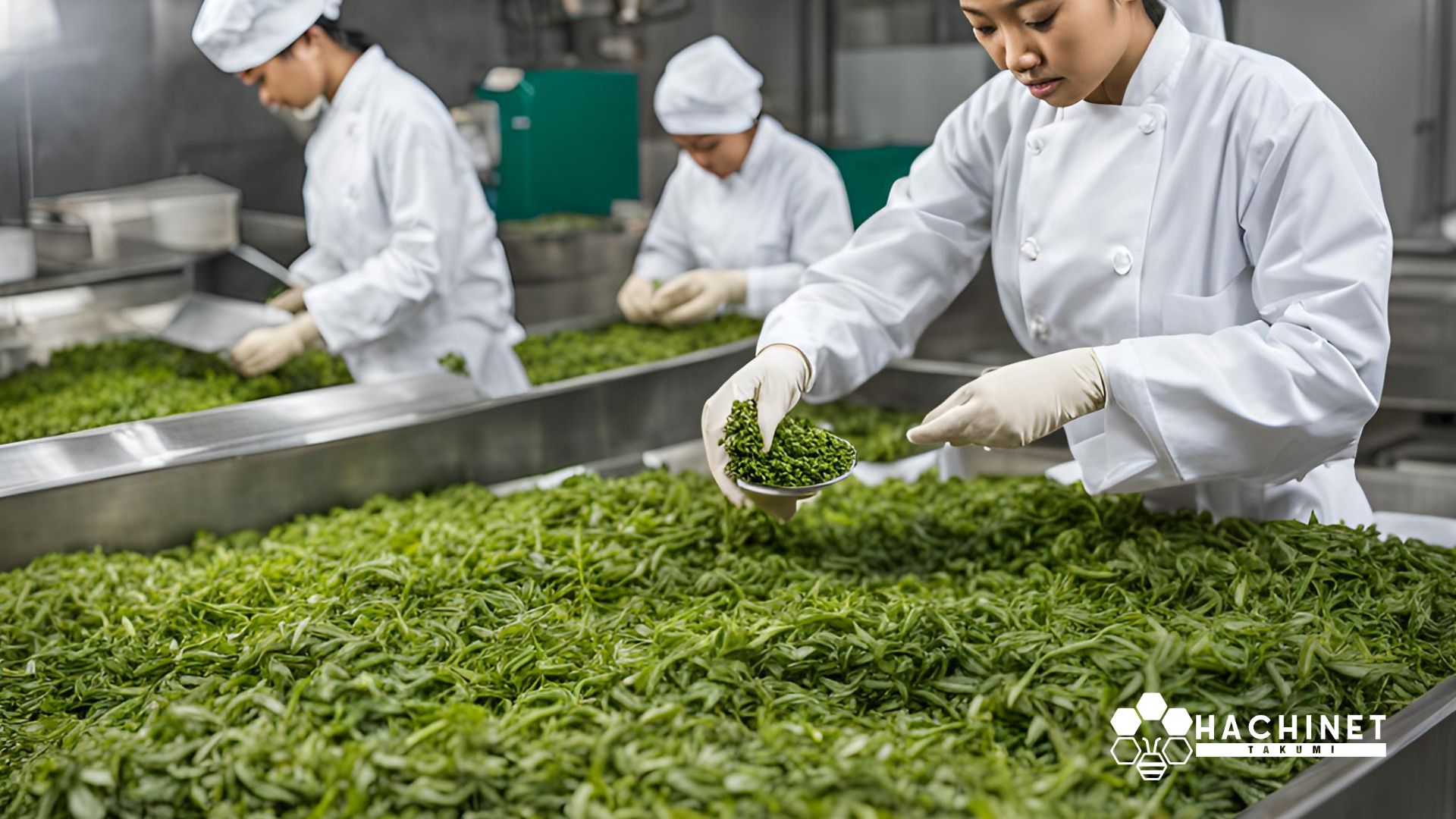
In addition, tea must ensure that the content of heavy metals and mycotoxins is below the EU's allowed level. Heavy metals such as lead, cadmium and mercury can seriously harm consumers' health if accumulated in the body over a long period of time. The EU has strict regulations on the maximum limits of these heavy metals in food. For example, the lead content in tea must not exceed 0.5 mg/kg, cadmium must not exceed 0.1 mg/kg, and mercury must not exceed 0.02 mg/kg.
Regarding mycotoxins, aflatoxin is one of the toxic substances that the EU controls very strictly. Aflatoxin is a byproduct of certain types of mold that can grow on food if not stored properly. Aflatoxin content in tea must be below 10 µg/kg to ensure safety for consumers. Businesses need to take preventive measures such as drying tea properly, storing it in cool conditions and periodically checking to detect the appearance of mold early.
Requirements for traceability
Traceability is essential to ensure product transparency and reliability. Enterprises must have a clear and transparent traceability system to trace the origin of products. This system should include information about the manufacturer, address, batch code, date of manufacture, harvest, and information on pesticides used. This helps ensure the product has a clear origin and can be re-tested if a problem arises.
Ensure all traceability information is stored and managed accurately, easily accessible when needed. This not only helps ensure product quality but also creates trust for consumers and business partners. For example, when a batch of tea is exported, each package must have a unique batch number. This code can be used to trace the entire production process, from the farm where the tea is grown, the pesticides used, harvest date, processing, and transportation. When any problem arises, this traceability information will help businesses quickly identify the cause and resolve the problem effectively.
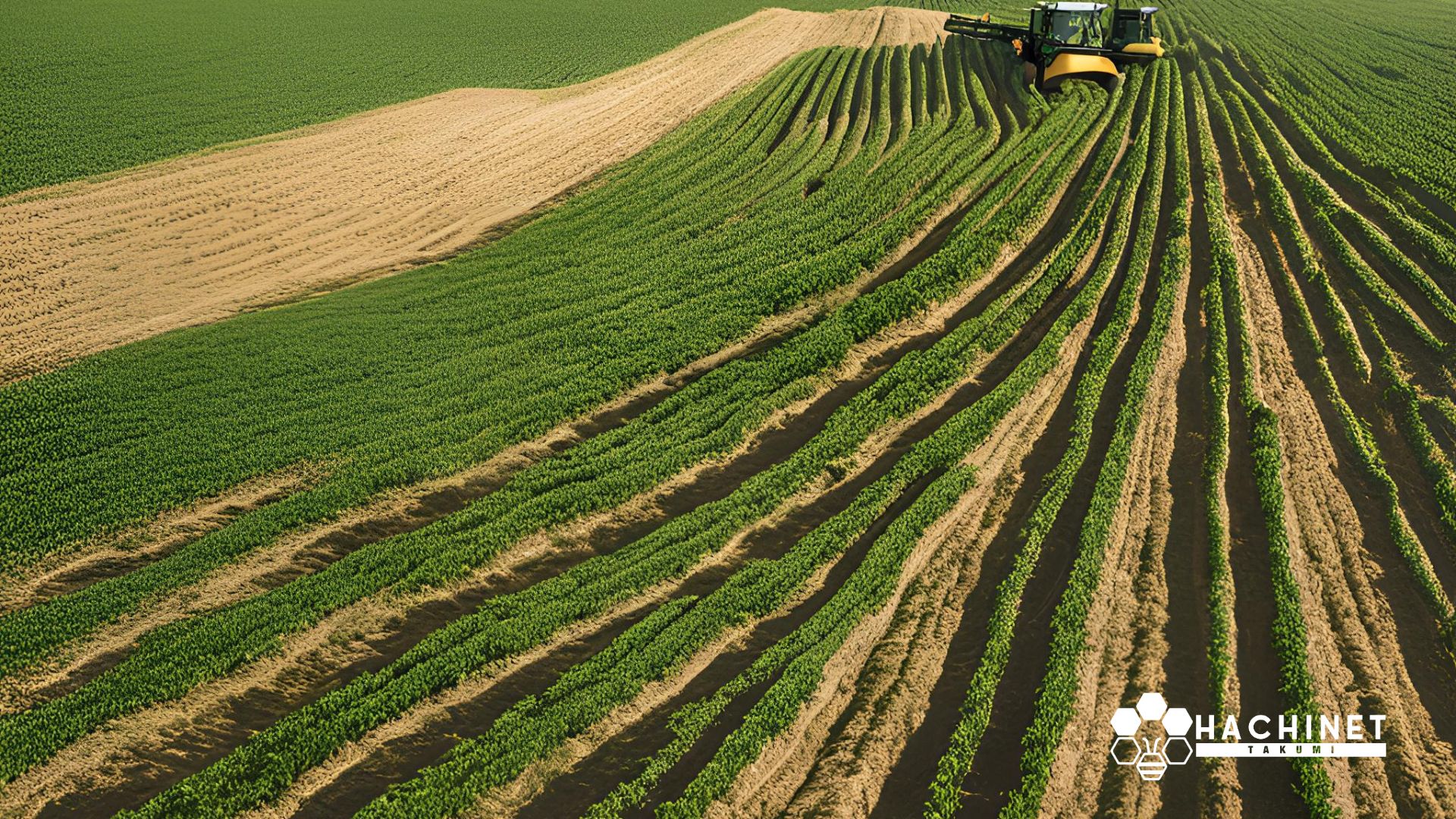
In addition, businesses need to establish and maintain a quality management system according to international standards such as ISO 22000 or HACCP to ensure that the tea production process always complies with food safety and source traceability requirements. origin.
Labeling requirements
Product labeling is an indispensable requirement when exporting tea to the EU. Product labels must be in English or French, clear, easy to read and understand. The product label must contain complete information about the product name, ingredients, origin, manufacturer, instructions for use, expiration date, etc. Product labels must comply with EU food labeling regulations to ensure product acceptance in the market.
The information on the label must be accurate and truthful, helping consumers easily identify and choose appropriate products. Proper labeling not only helps businesses comply with the law but also enhances the reputation and value of products in the market. For example, product labels must clearly indicate the origin of tea, specific ingredients, production date and expiration date. Instructions for use must be detailed, helping consumers know how to preserve and use the product in the most optimal way.
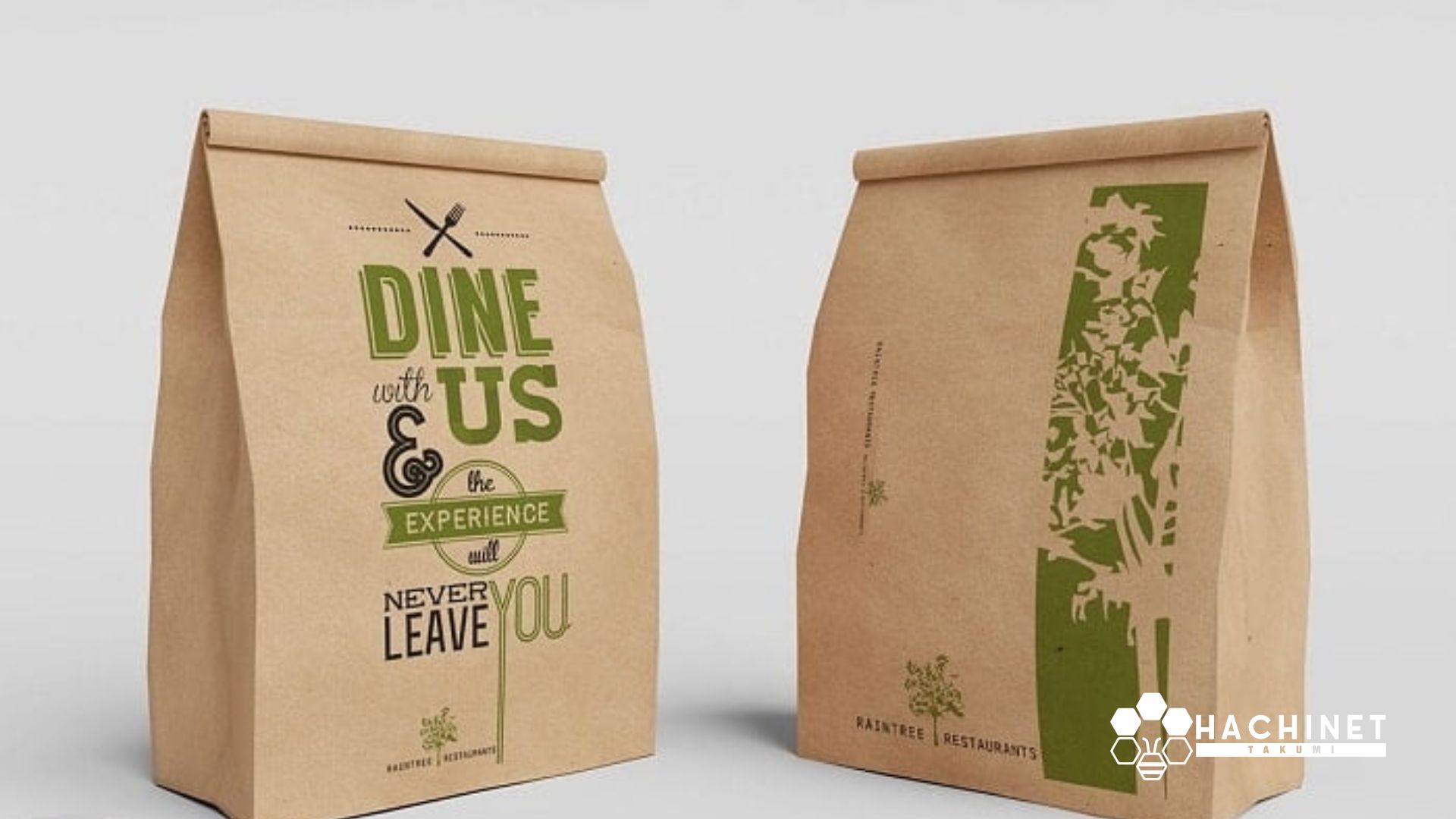
Complying with EU standards on tea export not only ensures quality and food safety but also enhances the reputation and value of the product in the international market. Businesses need to pay attention to all aspects from tea quality, food safety, traceability to product labeling to achieve success in exporting to the EU market. Complying with these standards not only helps businesses expand their markets but also contributes to the sustainable development of the tea industry. By ensuring food quality and safety, businesses not only protect consumer health but also build trust and loyalty from customers, creating a solid foundation for long-term development.
